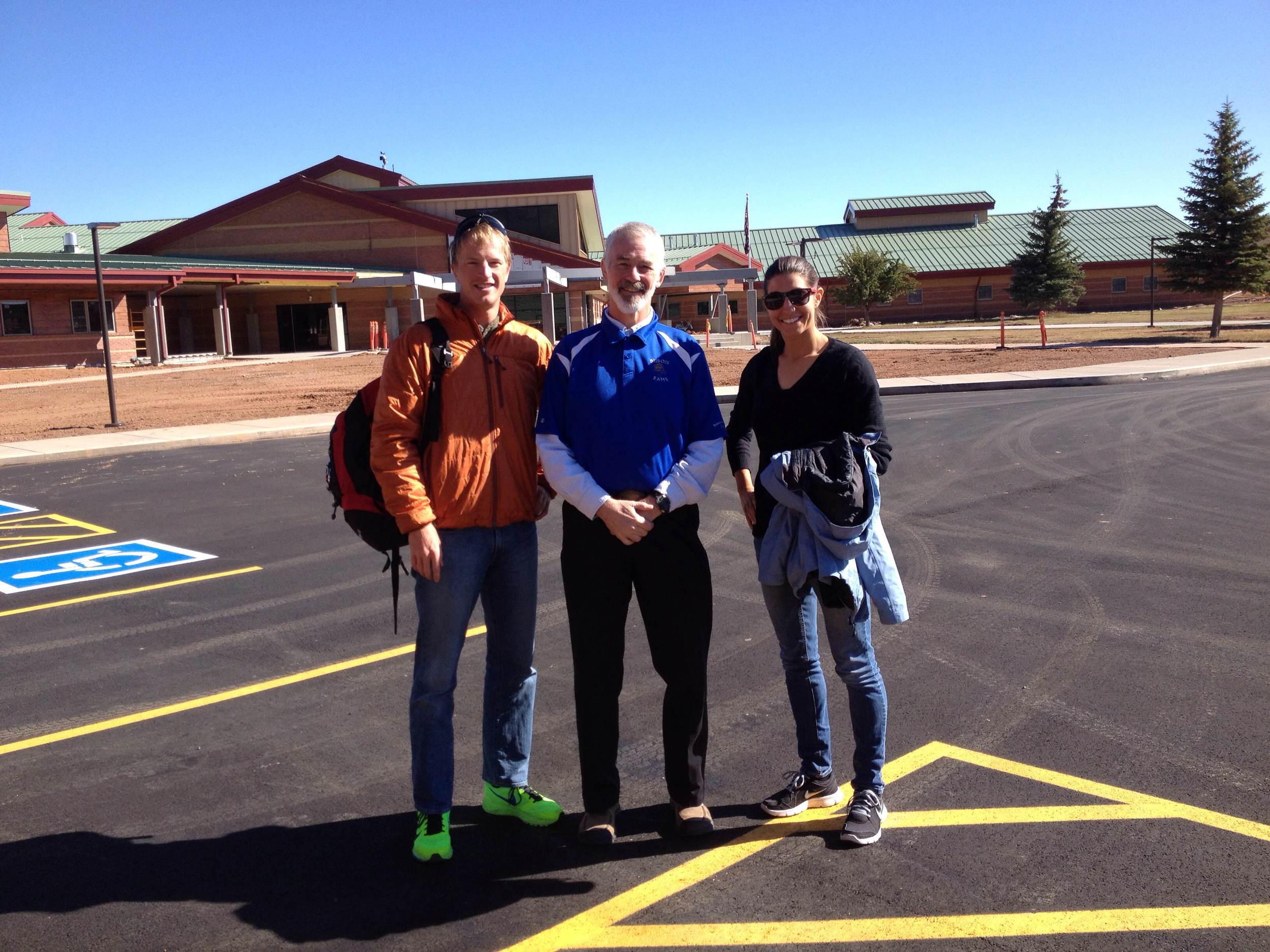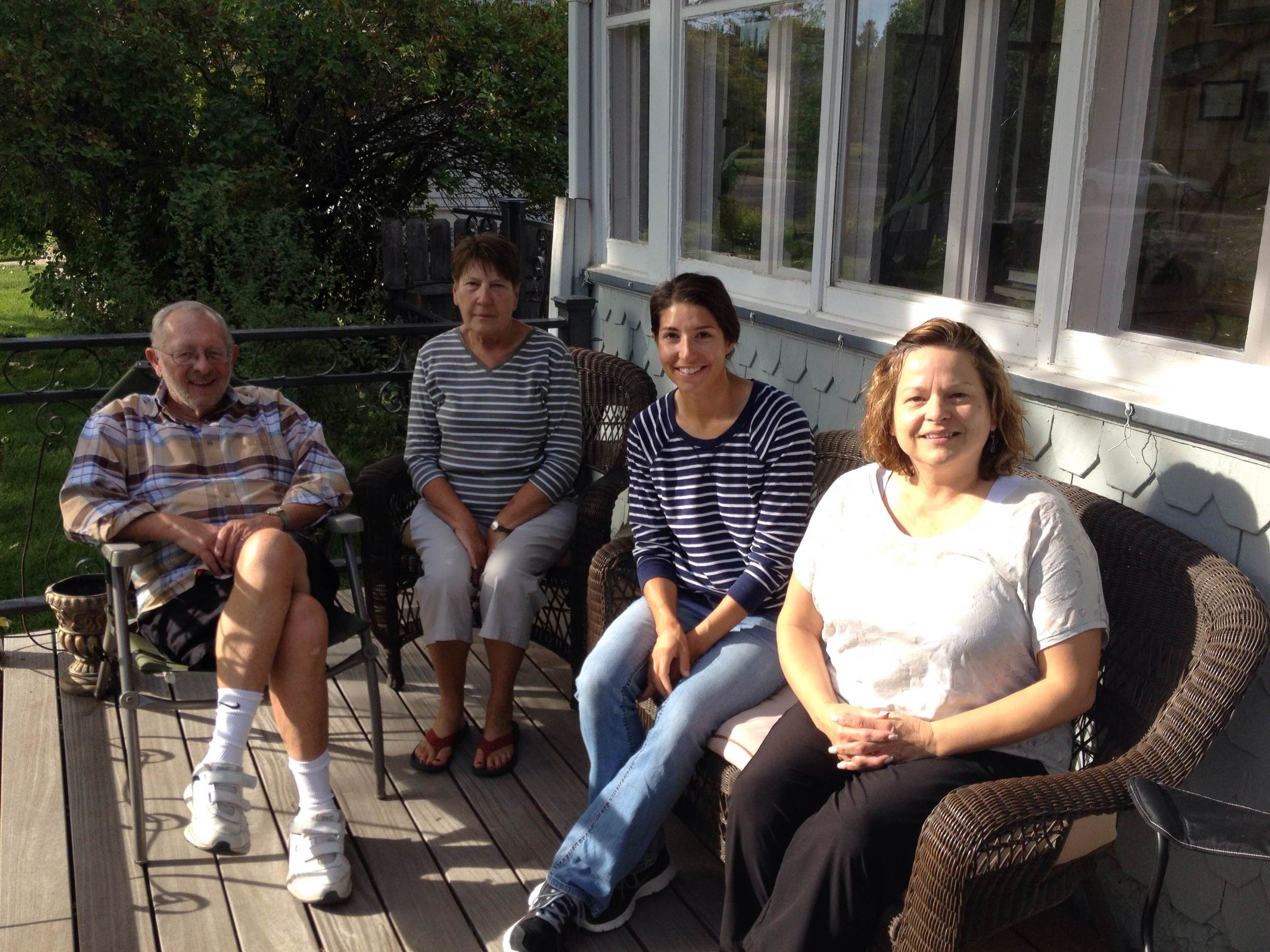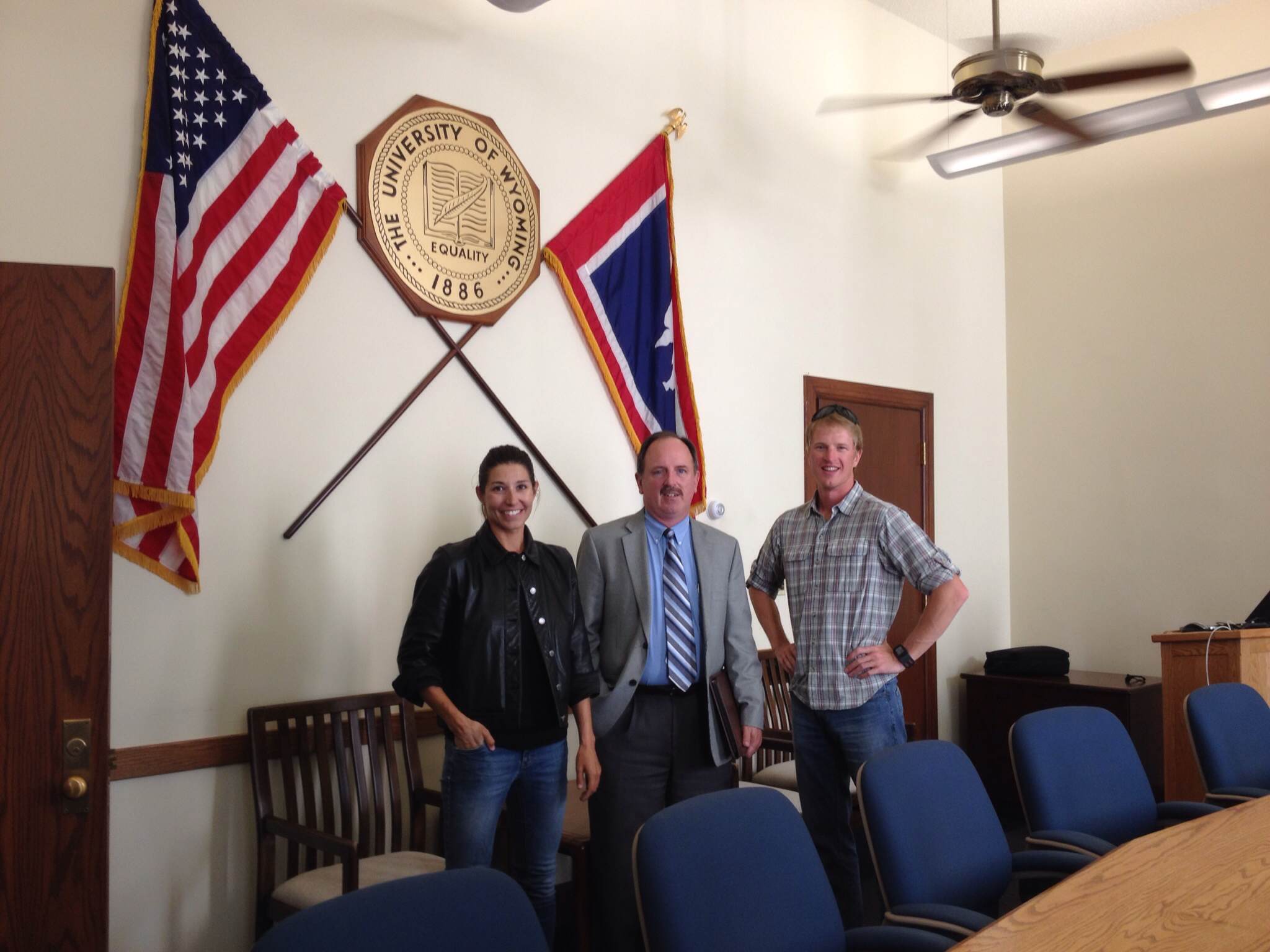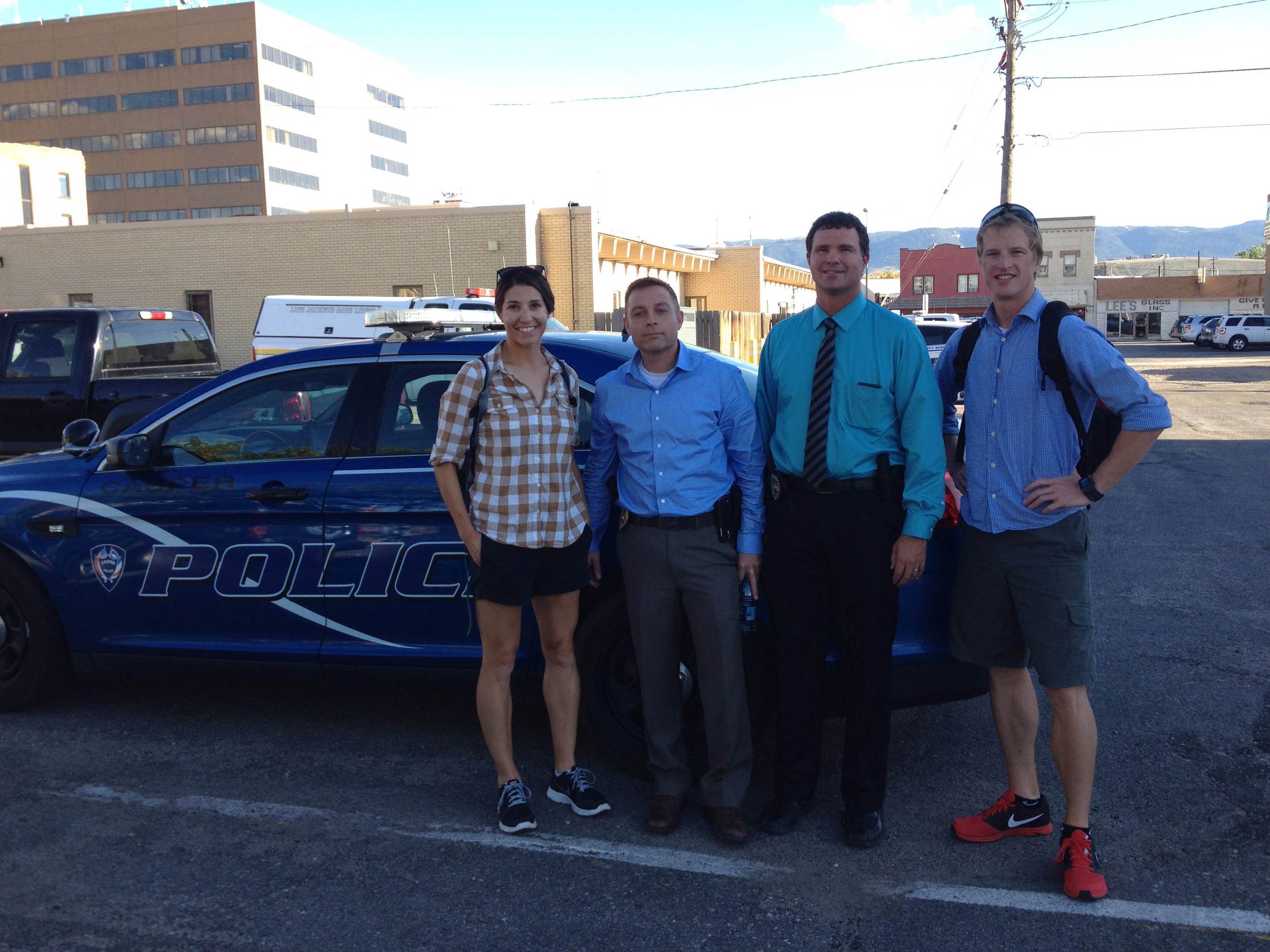Wyoming Community Success Stories: Part I
Wyoming is known for its incredible natural resources and ‘pioneer’ attitude. As a result, Wyoming’s economy is based on mineral exportation and energy, tourism, and agriculture. In many areas, communities have been subject to a ‘boom and bust’ economic cycle, and the state strives to find a balance between energy, environment and economy to mitigate these fluctuations.
Our journey in Wyoming took us through Jackson, Dubois, Riverton, Casper, Laramie and Cheyenne. We heard many recurring themes in our discussions with community leaders and present these Wyoming success stories both by topic as well as location. Part I addresses tourism, education, and law enforcement.
Tourism:
Jackson, WY lies next to Grand Teton and Yellowstone National Parks, and serves the thousands of area visitors each year. The city’s personnel and budget are allotted for the full-time residents, which correspondingly address only 20% of the peak season population. Jackson’s tourism necessitates a high number of seasonal service jobs, which leads to a shortage of employee housing. New developments are now required to have 15-25% affordable housing units.
Education:
Much like we observed in Oregon and Idaho, small towns in Wyoming face unique challenges with regards to education. K-12 teacher recruitment can be difficult and most teachers must cover multiple subjects, sometimes made even more difficult due to certification requirements. ‘Generalist’ teachers are desirable, not only because they offer a degree of flexibility but also because they can make connections between disciplines.
However, many schools in these small towns offer incredible opportunities for students. Small class sizes permit a focus on the relationship between student and teacher, reflected in personalized academic attention as well as outdoor team-building trips. In Dubois, many students take online classes through Virtual High School, with the course cost covered by the school. This offers the chance for students to learn about subjects that could not be covered in their own school, interact and engage in discussions with students across the country, take virtual field trips, and learn at their own pace. Dubois also participates in a student exchange program (interestingly, similar to one from the small town of Nyssa, Oregon).
Much of Wyoming’s education funds are derived from natural resources (e.g., coal leasing). In some districts, high school students receive personal Mac Book Air computers and middle school students receive iPads. Many Wyoming students are awarded merit and/or need-based Hathaway Scholarships to help finance the cost of post-secondary education. These scholarships are funded by the state for students to attend the University of Wyoming or a Wyoming community college.
Special education is very well-funded in Wyoming; while this has undoubtedly helped many families, it does put strain on local schools to provide enough personnel and resources. It also attracts a number of families from out of state to utilize these resources. The educational cost of a normal student is $8-12,000 per year while the cost of a special needs student is ~$200,000 per year. In Riverton, 15% of students are enrolled in special education or alternative programs, so it is not difficult to understand the resulting financial stress on local school systems.
Sufficient funding has also allowed for innovative teacher-driven initiatives. For example, the ‘Dream Your Dream’ program in Casper was announced ~20 years ago by the superintendent; teachers were encouraged to submit their visions for the perfect education environment (including longer school days, increased resources, longer class sessions, smaller class sizes, etc). 3 options were accepted, funded, and employed for several years. Many of those ideas are still in place today.
The University of Wyoming is the major 4-year higher education institution in the state. The University admits 95% of in-state students who apply and there is a 75% retention rate for sophomores (which the University strives to increase). Article 7, Section 16 of the Wyoming State Constitution states that ‘…in order that the [university] instruction furnished may be as nearly free as possible, any amount in addition to the income from its grants of lands and other sources…shall be raised by taxation or otherwise, under provisions of the legislature.’ In this regard, the University offers the lowest tuition costs of any 4-year state university in the nation at approximately $5,000 per Wyoming resident per year.
Police:
Jackson Mayor Mark Barron believes ‘there should be as few things as possible between the police officer and the public.’ Jackson recently purchased two new electric motorcycles for the police department, not only to save energy (at a cost of $.001 per mile), but also to be physically closer to citizens. Casper’s police department recently implemented a 1-to-1 car-to-officer program, which allows officers to have a more consistent presence at homes, in neighborhoods, and across the city.
A new dispatch center and Crime Stoppers program in Casper was just completed, with more space and new technology including a citizen tip text infrastructure. Under the leadership of a new police chief (who has a Marine Corps background) in Casper, the department is developing and implementing a specialized training program: rather than all officers being trained in a ‘general’ sense, they are able to choose a track (traffic enforcement, firearms, crime prevention, etc.), allowing them to become an expert in a target area. The department hopes that having ‘go to’ officers on staff will lead to information sharing and more effective police response.
The Riverton police department has a number of community involvement programs. With the Business Alliance Program, officers check in with assigned businesses regularly. The police department also participates in a number of community programs including the federal drug drop-off program, community-policing, student ride alongs, Special Olympics, and ‘shop with a cop’, where an officer accompanies a child from a low-income family on a $100 Walmart holiday shopping spree with donated funds. Casper’s police department is excited about a new Police Athletic League, or PAL. The department is partnering with a local boxing gym, and officers will train with local youth to build more positive relationships.







